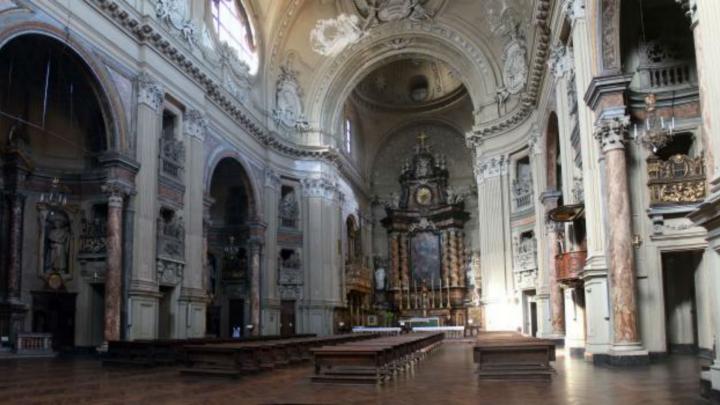Up until the year 1780, there was a royal decree prohibiting the burials in private places and in churches, but in the basement of the church of San Filippo Neri, one of the largest buildings of worship in the city, one can find the bodies of Filippini fathers and some citizens buried there.
To date there is only one memorial plaque to remember the deaths of the past, which bears some original writings. Through the personas buried here, one can reconstruct a whole cross-section of city life: from the stories of the petty bourgeois to that of princes and nobility, from politicians to those who lost their lives in wartime.
The church was commissioned by the Confederation of the Oratory of San Filippo Neri, in 1675 to the architect Antonio Bettino and a few years later entrusted to Guarini. Unfortunately, a ruinous collapse occurred during the French siege of 1706, damaging the entire building site. In the year 1714, following a period of heavy rains, when the building was almost finished, the dome and the walls collapsed. The project was then resumed and entrusted to Filippo Juvarra who worked there between 1715 and 1735 and later on to Giuseppe Maria Talucchi.
The church of San Filippo Neri was the inspiration for the main story of the novel A che punto è la notte (At what point is the night) by Carlo Fruttero and Franco Lucentini, from which the homonymous miniseries directed by Nanni Loy was created, starring the actor Marcello Mastroianni.

